Exhibition 'inspires people to love their area'
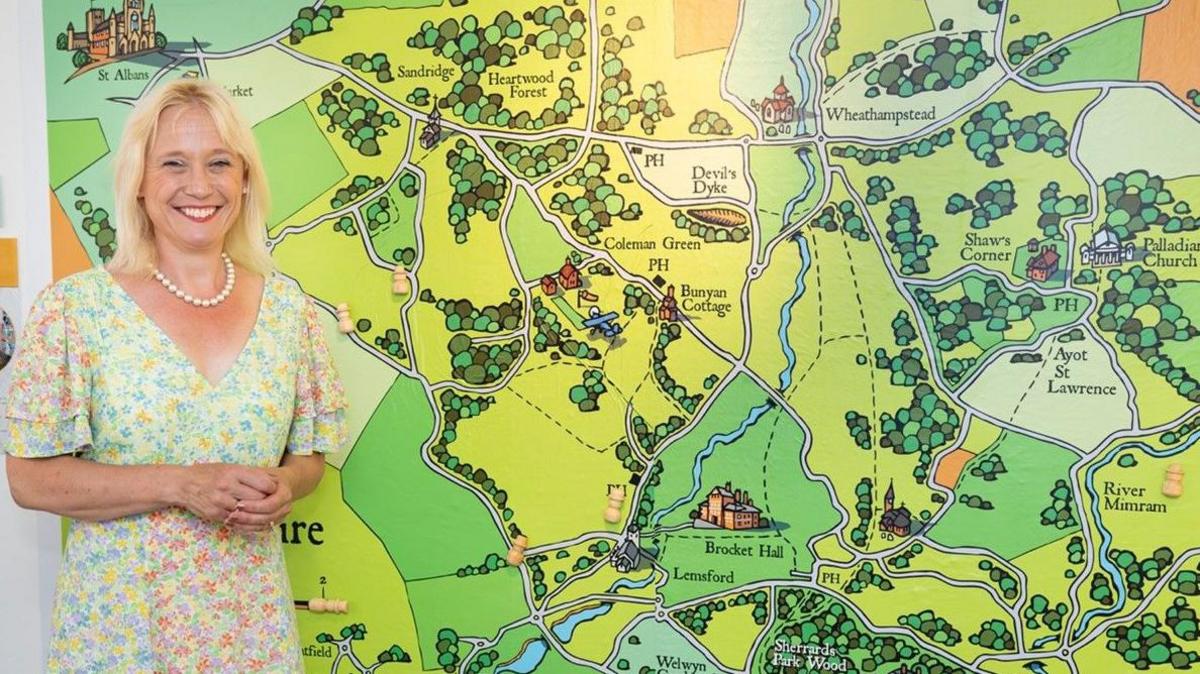
Zoe Jasko was inspired to write about her local area during walks in lockdown
- Published
An author hoped an exhibition would inspire people to connect with their local area and learn more about its history and stories.
What the Wind Saw is on show at Mill Green Museum and Watermill, near Hatfield, in Hertfordshire.
Based on a book of short stories inspired by local events and history, writer Zoe Jasko said she hoped the interactive display would encourage people to "respond creatively" and help conserve where they lived.
Visitors could experience first-hand memories of the bombing of Mosquito aircraft factory during World War Two, a story tree, an interactive map and an archaeological "dig".
Ms Jasko's book was inspired by country walks she took during the pandemic, when the writer, singer and performer was unable to work in public-facing jobs.
"I was inspired by the history and the landscape around me - and I called the area Middle-Hertfordshire," she said.
Her book - What the Wind Saw - contained 25 stories, each of about 2,000 words.
"There are very varied subjects, all inspired by what I saw in this relatively small area of the county," she added.

The exhibition will be open until November
Ms Jasko said: "The manager of the museum, Serena Avery, and the curator, Esther Green, have brought the stories to life in an exciting and engaging way – stories of the Romans and archaeologists at Wheathampstead, the young Queen Elizabeth at Hatfield House, the bombing of the Mosquito factory at Hatfield in World War Two, the great town and country planner Ebenezer Howard and how it is so important we live in harmony with our environment."
Children could have a go at digging up their own treasures while learning more about the local Roman history - dressing-up costumes are available - and there is a magnetic map where visitors can create their own walks through the area.
There is also a "story tree" where they could write their own fiction or poems on "apples", adding them to an ever-growing tree on the wall.
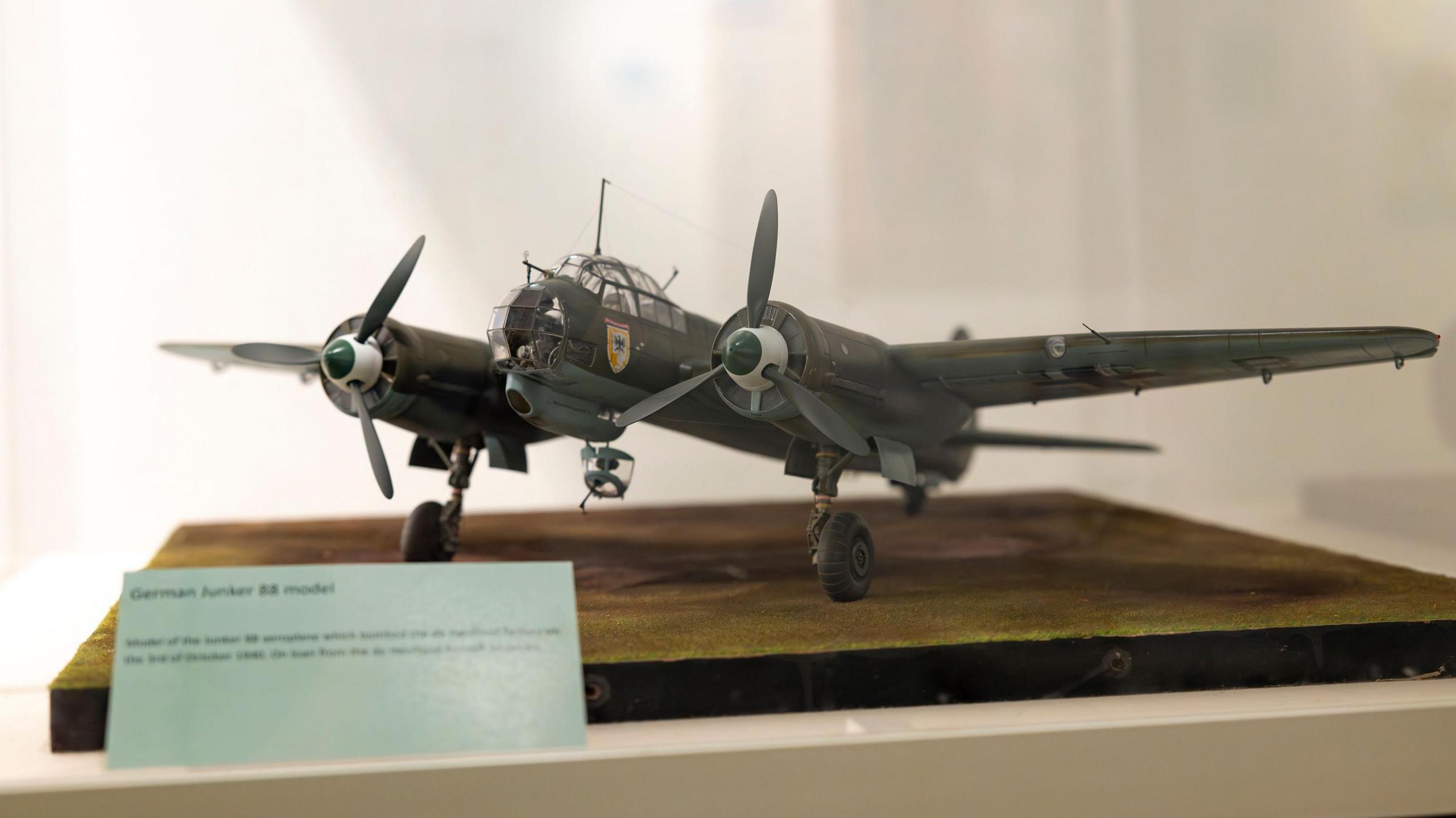
German aircrafts bombed the county's aircraft factory during World War Two
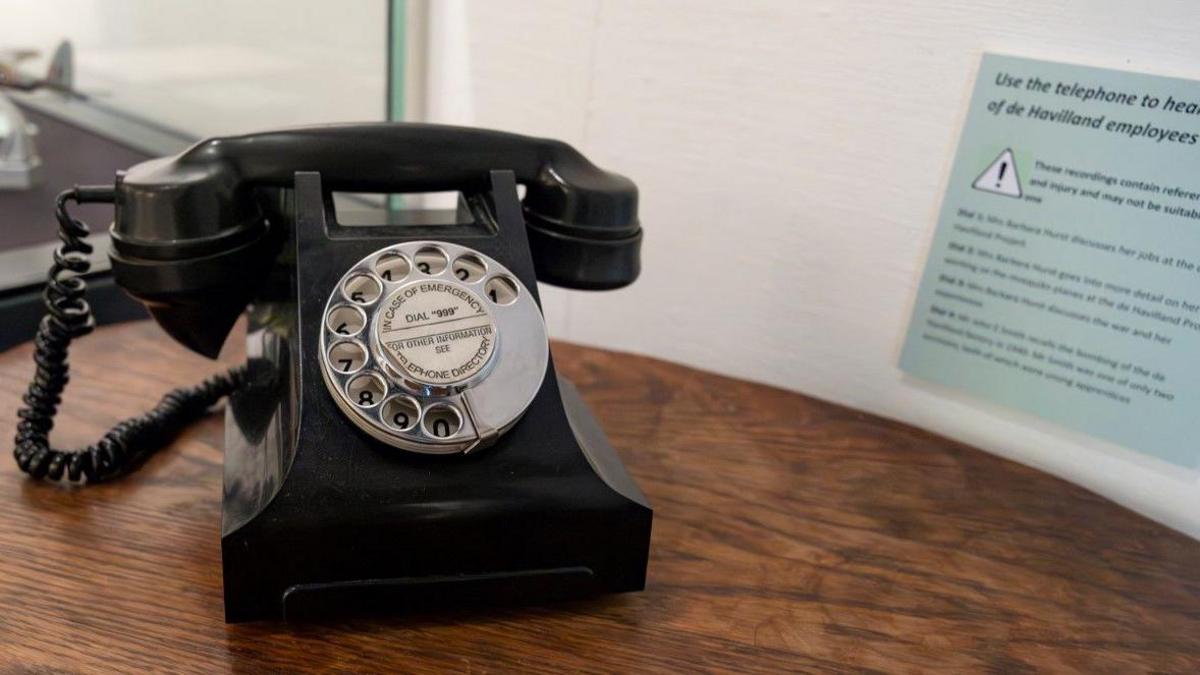
Memories of the German attack form part of the exhibition
The museum also collated stories from people who remembered the German bombing of the de Havilland Mosquito aircraft factory in World War Two - an event that was mentioned in the book.
People could use an old phone to dial up numbers and listen to first-hand accounts from the time.
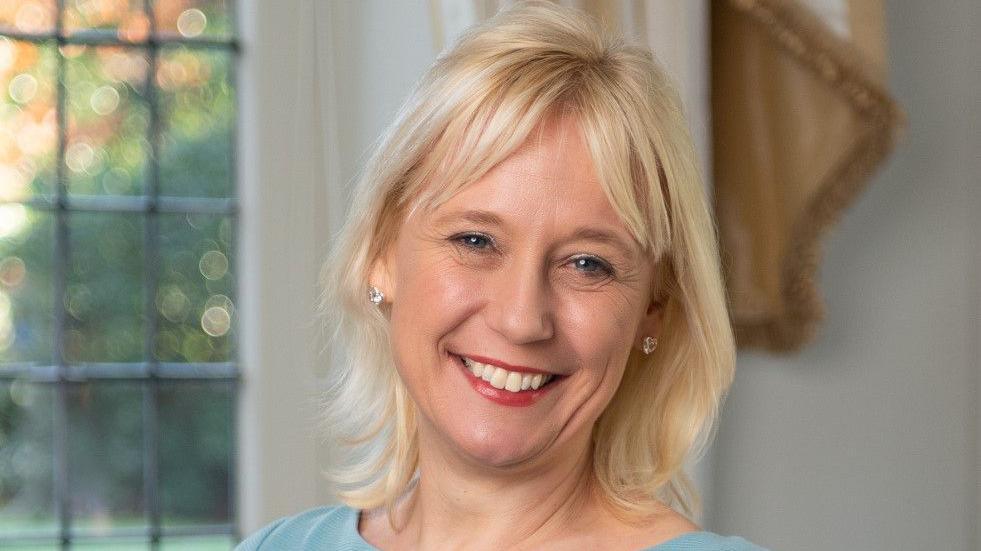
Zoe Jasko is an author, public speaker and singer
"One of the aims of the exhibition is to encourage visitors to explore their local areas and to engage with the history and landscape, because I truly believe that if we engage and respond creatively then we are more likely to preserve and conserve what we have," Ms Jasko said.
She added she would continue to work with the museum after the summer holidays and there were plans to take the stories into schools, and also to engage with dementia support groups in the future.
"One thing I didn't realise from all this where the benefits short stories can have for people," Ms Jasko said.
"Mine take about 15 minutes to read and many people with memory issues or disabilities find longer stories difficult - they might have forgotten the story by the time they reach the end, or they simply can't hold a book for very long.
"We're really looking forward to seeing how people react to this exhibition, and that will help inform how we move it forwards."
The exhibition is on show until November.
Get in touch
Do you have a story suggestion for Beds, Herts & Bucks?
Follow Beds, Herts and Bucks news on BBC Sounds, Facebook, external, Instagram, external and X, external.
Related topics
- Published7 December 2017
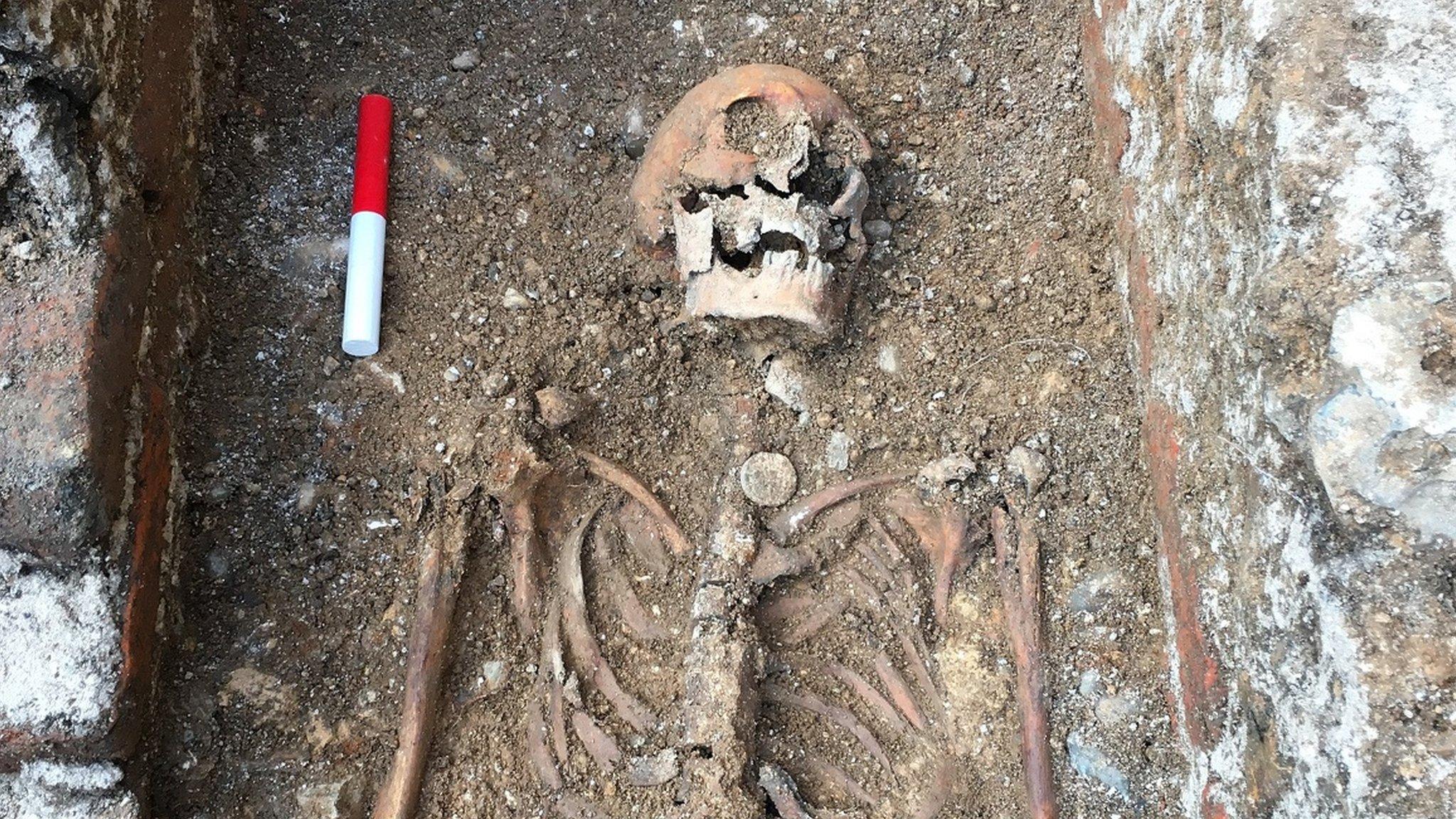
- Published30 April 2015
- Published25 November 2015
